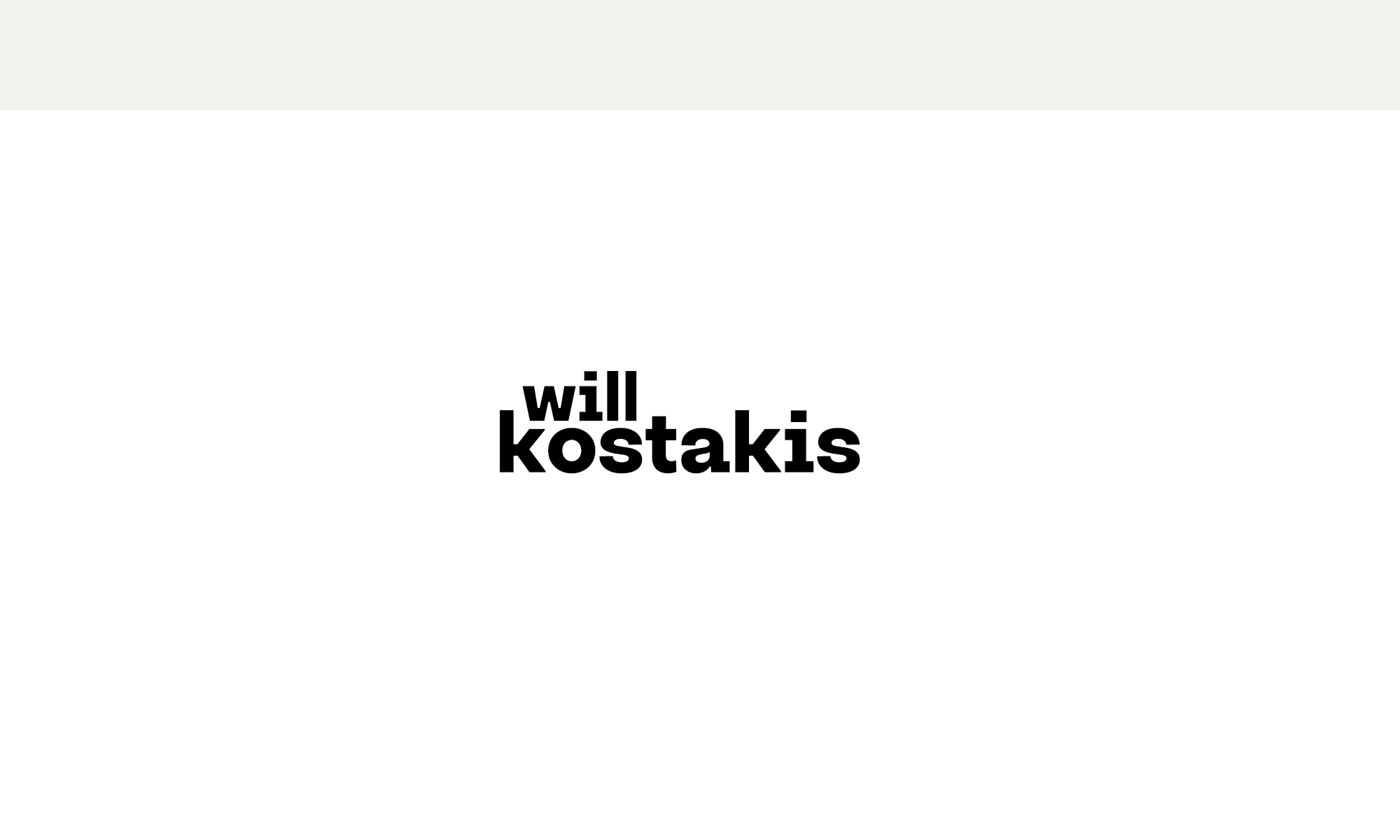
Growing up, there was no shortage of teachers telling me to write what I knew. It’s advice I now give in various forms — write what you know, lean in to what scares you, tell the truth — because my best writing, the writing that best connects with readers, has come from that vulnerability.
We rarely talk about the costs of scratching at old scars. We scratch until they bleed again, because the words are better when we bleed, and then we’re left with fresh wounds. And we need time to heal.
My first novel, Loathing Lola, was dedicated to my friend, Ben. In the dedication, I said that my words missed his eyes. A close friend from the latter years of primary school into high school, he was one of my earliest cheerleaders. He read everything I wrote and encouraged me to write more. He fanned the flames of my wildest dreams, but he died before I achieved them.
I’ve been writing about grief ever since, with varying degrees of bravery. Loathing Lola opens with a funeral based on my experience at Ben’s, and then … I cheat. I jump forwards in time. Protagonist Courtney goes from decidedly not fine to mostly fine but occasionally not. I knew I would write a novel about the immediate aftermath of death, about wading through grief, but not yet. It was too fresh, and I wasn’t a good enough writer yet. I would write the Ben book someday.
Half a decade later, during a visit to his parents’ place, I closed the fridge and found myself staring right at him. His photo was stuck to the door. And I remembered what he looked like. And if I was remembering what he looked like, at some point, I had started to forget what he looked like. So despite believing I wasn’t a good enough writer yet, I knew I had to write the Ben book before there was too much time between us.
I scratched at old scars. I wrote during the day, and at night, he invaded my dreams. I would wake and have to mourn him, over and over again. I convinced myself it would be worth it. My second novel, The First Third, came from truth, vulnerability … I had to persevere.
I kept scratching.
When the book was done, I was left with a wound, not as fresh as the one from January 2006, but fresh enough to sting. Time would heal it, but not if I kept picking at it. I knew I would if I continued to write contemporary realism. So I didn’t. Just as the fantasy books Ben introduced me to pulled me out of my initial grief, the two fantasy books I wrote next pulled me out of my second, self-inflicted grief.
As the Monuments duology neared completion, I began to contemplate writing realism again. I no longer felt raw. I wanted to write realism again. I itched to scratch at scars. I was going to ease myself back into it, a novella for the Australia Reads campaign.
And just as I set out to reflect reality, reality changed. We cut ourselves off from the world. We debated when schools would close, not if. We locked ourselves indoors. We panic-bought. We had endless conversations about the virus.
The contemporary realism novella I wrote in April would have been called dystopian a few months earlier. The problem with it was — I mean, besides the problems all first drafts have — the coronavirus had overwhelmed every aspect of our lives, I wasn’t sure readers would want to read fiction about it.
But I believe young adult authors ought to engage the young adults of now, be it by incorporating technologies, figures of speech and once-in-a-century pandemics. I couldn’t just ignore the coronavirus. It was disrupting teenagers’ lives across the country.
I leant into that for the next draft. In the same way all our lives have been disrupted, Tessa’s was too, but instead of focusing on now, I looked to the future. A story about lockdown became about life afterwards.
That’s the perk of writing what I know — I can sometimes heal what hurts. I can acknowledge the pain of the present, and imagine our tomorrow. There’ll be life after this, and that’s worth looking forward to.
 In The Greatest Hit, Tessa strives to rekindle her greatest love after Melbourne lockdown. Available for a limited time. Pick it up before November 12 and join thousands of readers across the country for Australian Reading Hour.
In The Greatest Hit, Tessa strives to rekindle her greatest love after Melbourne lockdown. Available for a limited time. Pick it up before November 12 and join thousands of readers across the country for Australian Reading Hour.
